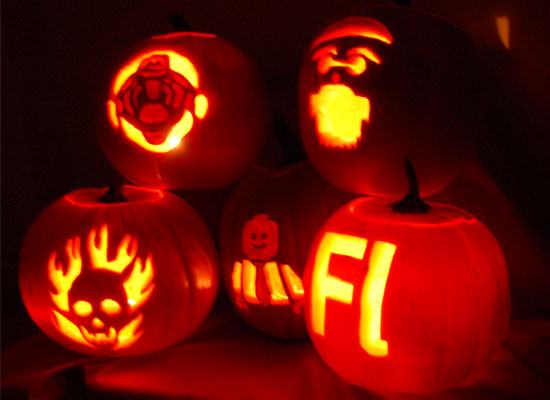In May I blogged about Adobe acquiring gProject from us. At the time, I wasn’t allowed to talk about what it was going to be used for. Still, it probably doesn’t come as a huge surprise to anyone that the new Project Panel in Flash CS4 is based on gProject.
We did a lot of work with Adobe to rebuild gProject in Flex, removing some features (that are either too obscure or don’t have wide enough appeal), adding others, and doing an extensive clean up of the UI and code. We’re all very excited to see our baby grow up into such an important part of Flash authoring.
Some of the key features:
- file system based file browsing (no more need to manually add your project files)
- multi file compiling, just check the checkmark beside an FLA to add it to the list
- class generation from templates, with the ability to specify templates per project
- locations provide quick access to related files from your project
- add file types to display in the panel, and open those files in their associated application (via right click menu). For example, you could add AI files and open them in Illustrator.
- manage class and library paths on a per project basis
- quick project feature makes it effortless to create a temporary project to manage files
We tried to create something that would have a lot of value for developers who do some or all of their coding in Flash, while not getting in the way of designers who just want a good panel for browsing their project files. Hopefully we succeeded.
Obviously there’s still a bunch of things we would love to add (things like a JSFL API, file rename / moving, file system update polling, external code editor support, and maybe version control integration spring to mind), but I believe this is a huge improvement to the previous project panel, and am excited to finally be able to talk about it openly. As with Badger, I think it’s a sign of our maturing ecosystem that you can build new tools for the tools, with the tools. We even used gProject to manage the project when building the new Project Panel.

